Archimedes was probably the greatest mathematician of antiquity. He was born in the Sicilian city of Syracuse in 287 BC, then an independent Greek colony. It is surprising how little we know about him and his life, as well as the oblivion in which he fell a few years after his death.
His friend Heracleides is known to have written a biography of him, but no copy has survived. The little that is known is what the Byzantine historian John Tzetzes wrote about him in the 12th century. On the other hand, approximately a dozen of his works have been preserved. Another seven are only known by references from other authors.
He may have studied in Alexandria with his contemporaries Conon of Samos and Eratosthenes, as Diodorus Siculus claims. The fact is that he explicitly mentions the first one as a friend in On the sphere and the cylinder , and two others of his works bear dedications to Eratosthenes.
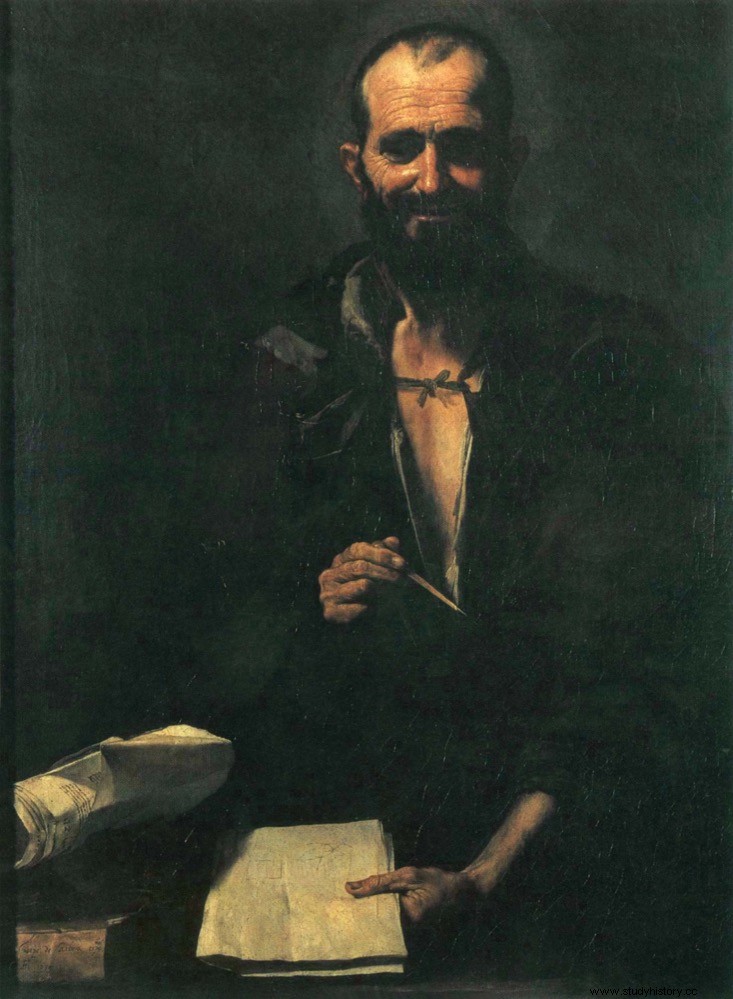
During the Second Punic War, when the Roman legions besieged his city, Archimedes developed a series of defensive artifacts, as historians Polybius, Plutarch and Titus Livy tell us.
It is in this same scenario where the legend of his use of mirrors to set fire to enemy ships arises, although possibly what he used was Greek fire. The surprised Roman historians recount some of his curious inventions:
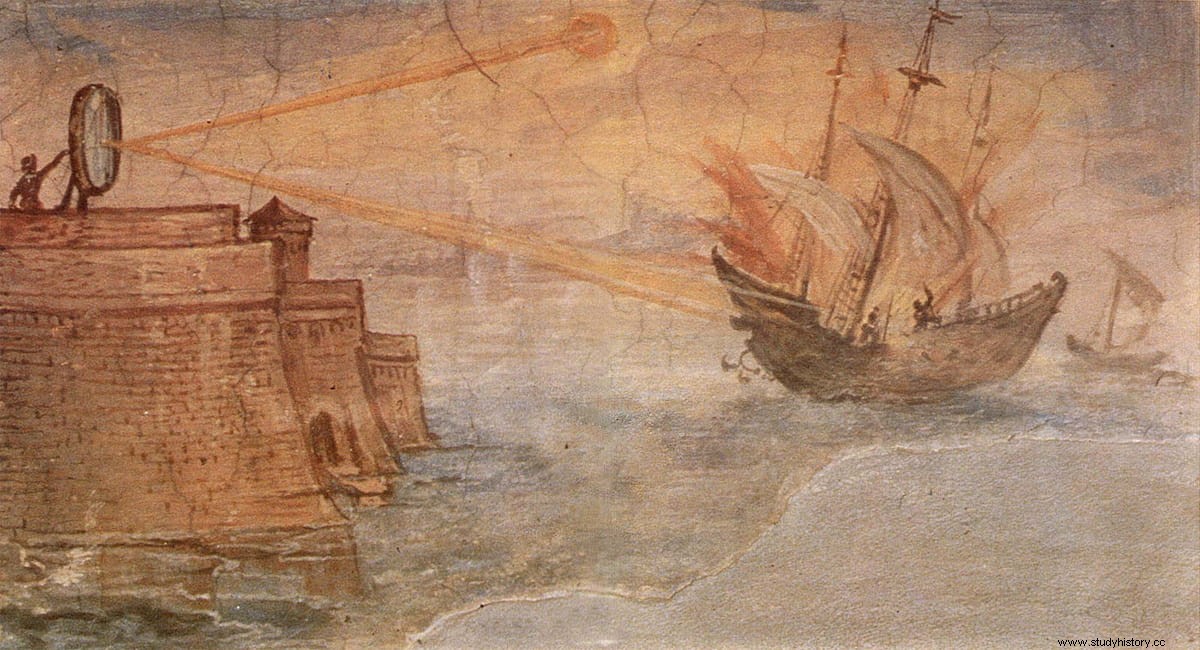
His fame was such that the Roman general in charge of the assault, Marco Claudio Marcelo, had given orders to respect his life once the city had been taken.
As is known, his inventions were not enough to resist Rome, and the city was taken in 212 BC. Archimedes met his death at the hands of a soldier, although there are several versions of the fact and, of course, the legendary additions added later. Plutarch cites up to three different versions, according to which:either he was working with a mathematical diagram when he was required by the soldier to accompany him, and when he refused or ignored him, he pierced him with the sword; or he was on his way to surrender carrying some of his mathematical instruments and the soldier, thinking they must be valuable, killed him to steal them.
According to legend, not mentioned by ancient sources, Archimedes' last words would have been Noli turbare Círculos Meos (Do not disturb my circles). There is no documentary evidence of this. But yes, how I wanted his tomb to be:
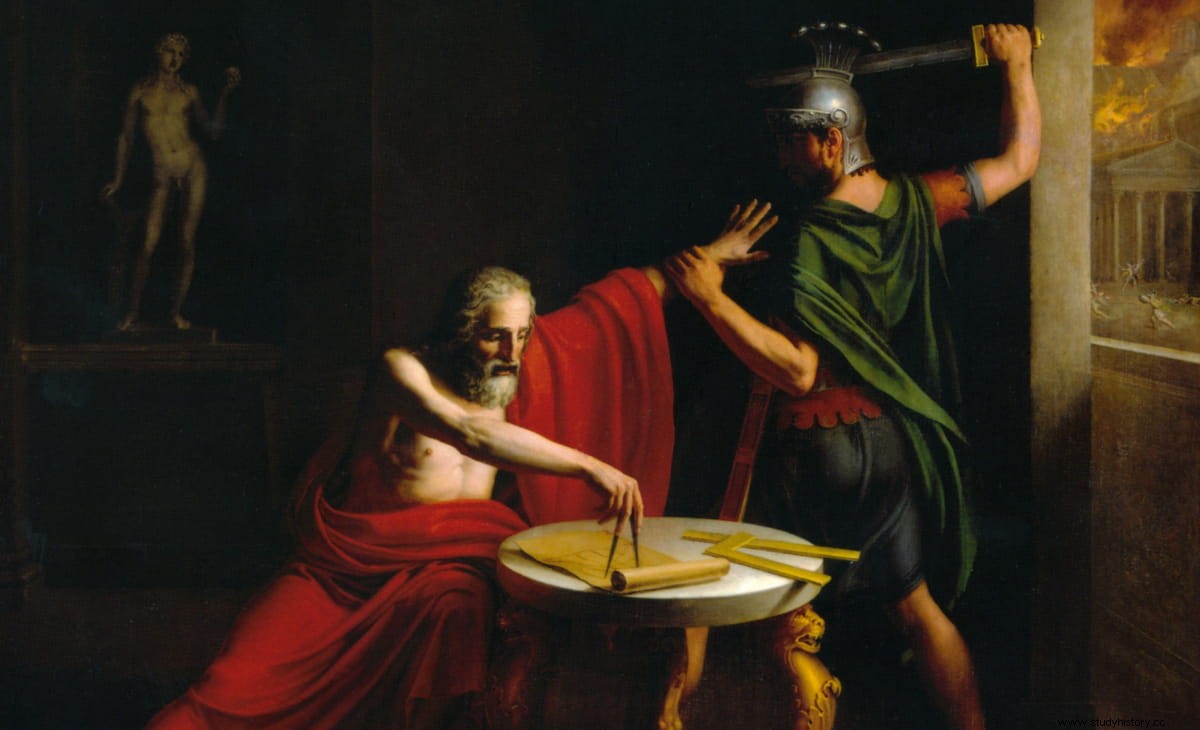
And it is that Archimedes considered that the greatest of his mathematical discoveries was the demonstration that the volume and area of the sphere are two thirds of those of the cylinder in which it is inscribed .
Marcellus arranged for the burial of Archimedes in his family tomb, with the assistance of the leading citizens of Syracuse and the legions:
Over time, both the work of Archimedes and the details of his life were forgotten. Polybius, who is the source taken by both Plutarch and Titus Livy, is probably the first to mention the taking of Syracuse and the mathematician's death, but he wrote some 70 years after the events.
In 75 BC, some 137 years after Archimedes' death, Cicero was appointed quaestor at Lilybea, Sicily. Having heard in Rome about the verses inscribed on the tomb, he asked the Syracusans where he was. They replied that they did not know anything about it and that they doubted that both the character and his tomb had existed.
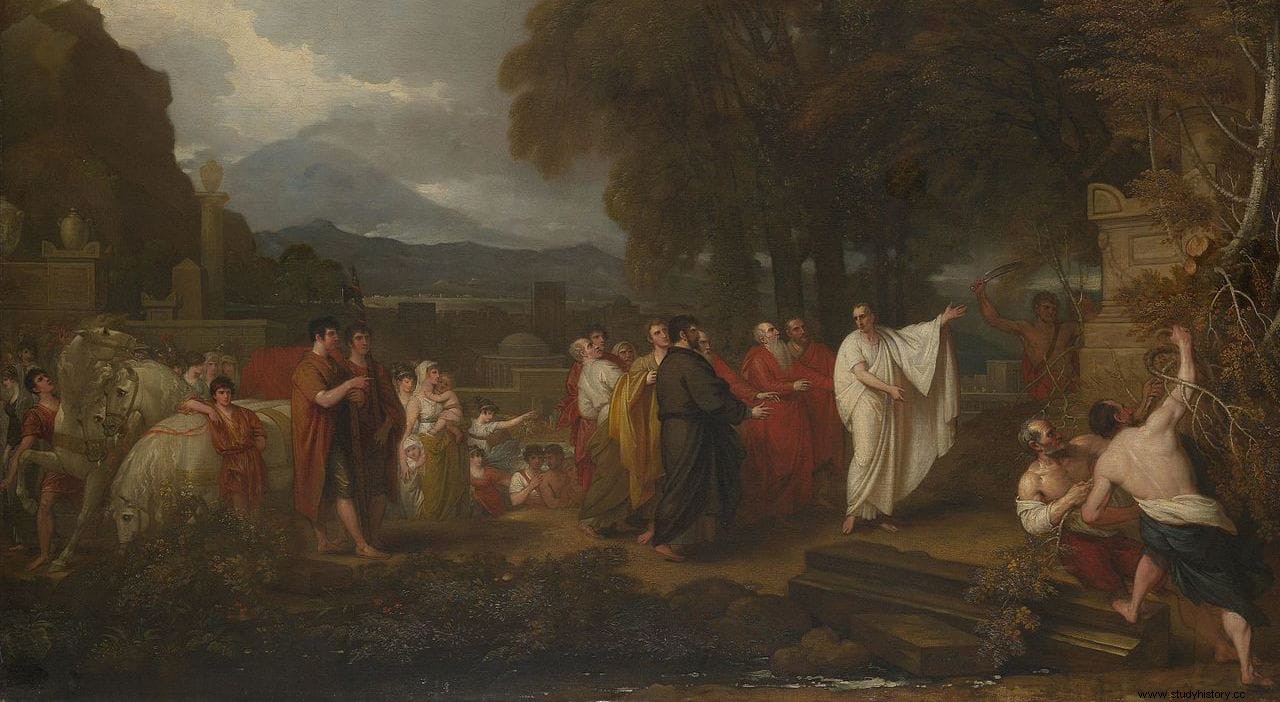
Cicero, unconvinced by the Syracusans' ignorance, began the search on his behalf. Near the Agrigento gate, a place where many ancient tombs apparently existed, he noticed a small column hidden in the undergrowth. After clearing the area a bit, the sphere and cylinder appeared before him.
He immediately ordered them to clean up the place that had been neglected for so long, reproaching them for forgetting his most illustrious citizen.
As George F. Simmons states in his book Calculus Gems:Brief Lives and Memorable Mathematics, published in 1992:the Romans had so little interest in mathematics that Cicero's act of respect by cleaning the tomb of Archimedes was perhaps the most memorable contribution of a Roman to the history of mathematics .
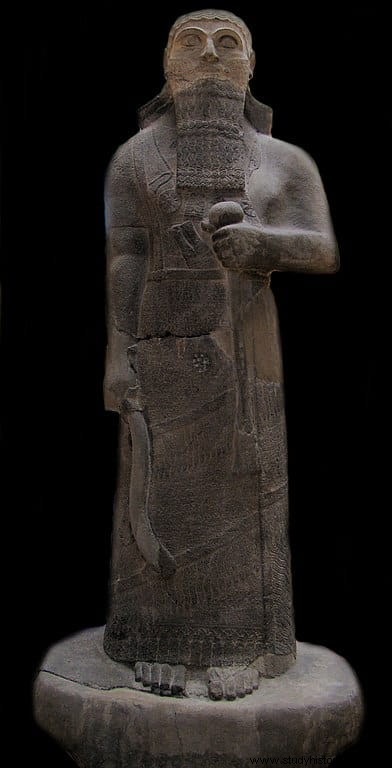
The tomb may have remained undisturbed for many years after Cicero's discovery, but its location and possibly the identity of its illustrious occupant were forgotten again, perhaps sometime between the 4th and 5th centuries AD. or even earlier.
Starting in the 18th century, numerous painters created works on the theme of the Ciceronian discovery, taking as a reference for the representation of the tomb one of the tombs still existing in the Groticcelli necropolis in Syracuse. Today this tomb is a place of pilgrimage, and it even has tourist signs that identify it as the tomb of Archimedes . However, archaeological studies consider it to be of Roman origin and 200 years after the mathematician's death.
At the beginning of the 1960s, the current Panorama Hotel began to be built at Rua Necropoli Grotticcelle number 33 in the city. During the works, a tomb was found, which can still be seen in one of the hotel's courtyards. Some experts believe that it is the tomb of Archimedes, while others are inclined to assign it to Agathocles, the tyrant of Syracuse between 317 and 289 BC. Of the column, the sphere and the cylinder there is no trace left.
